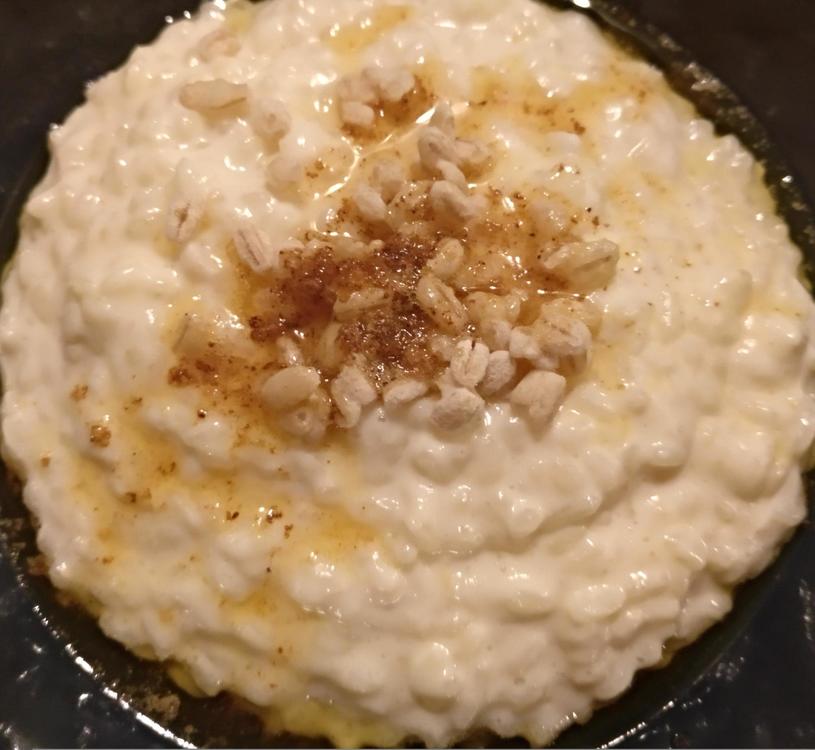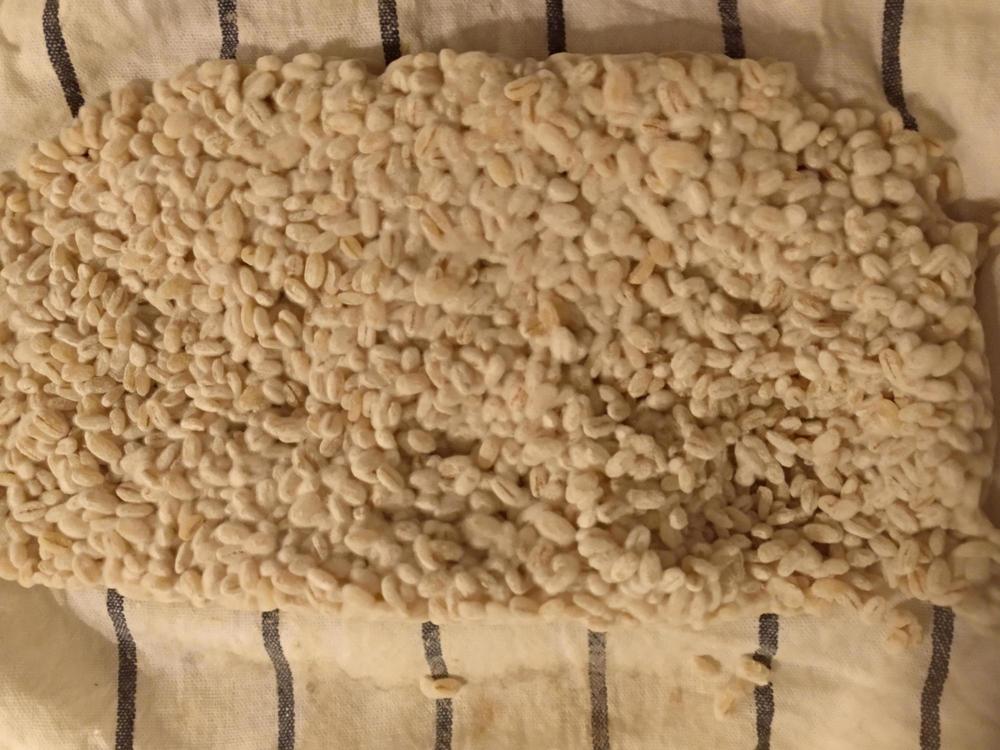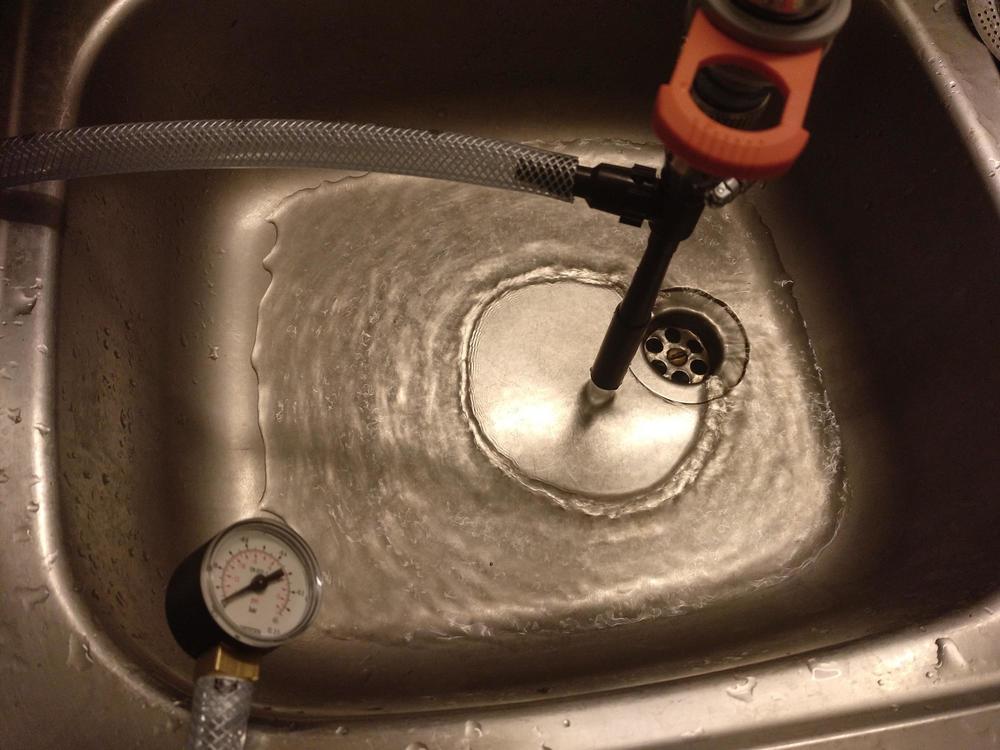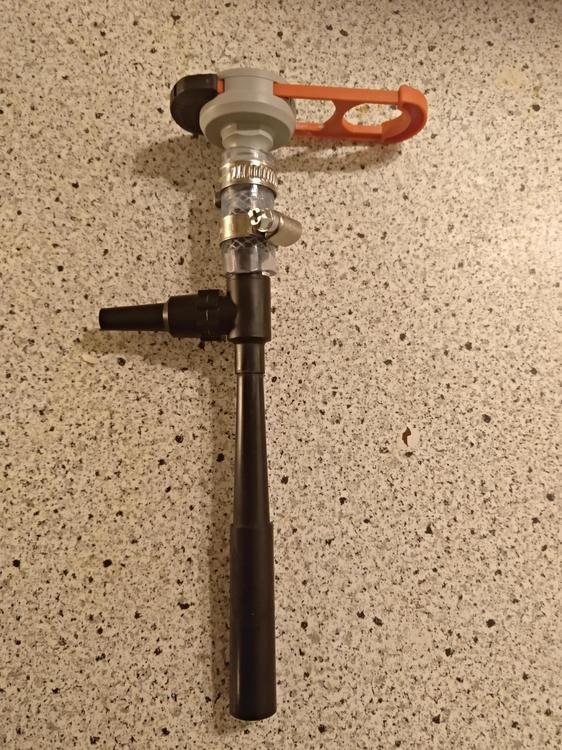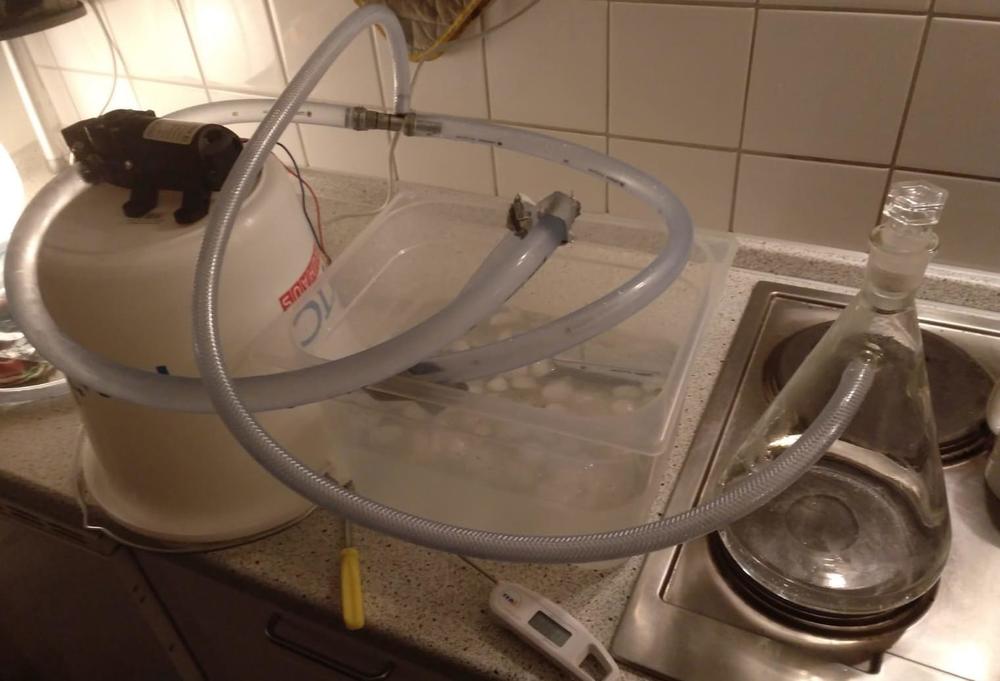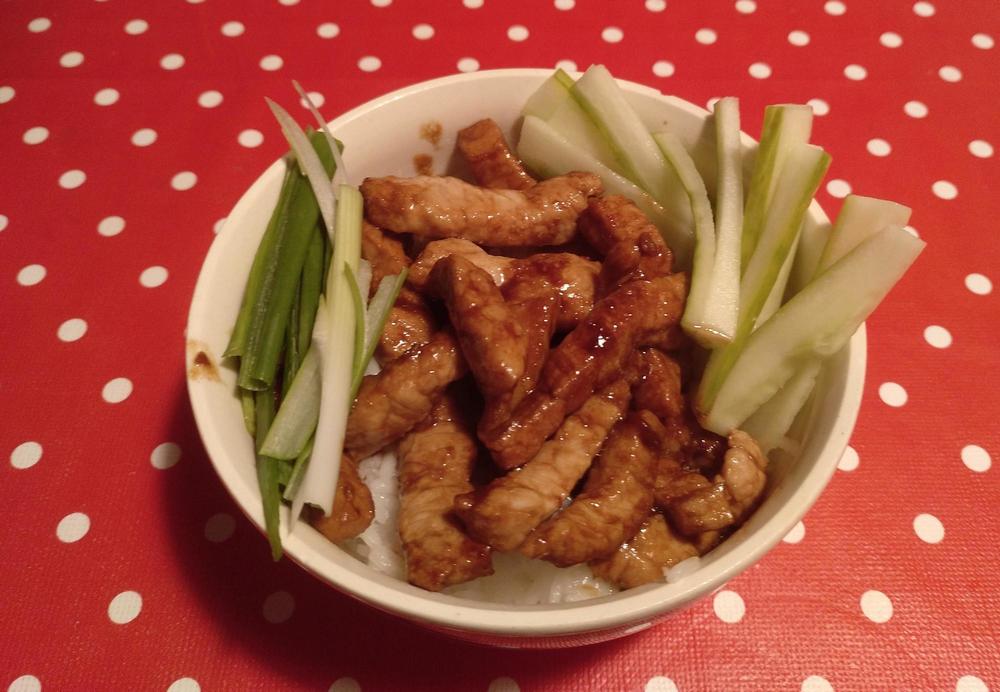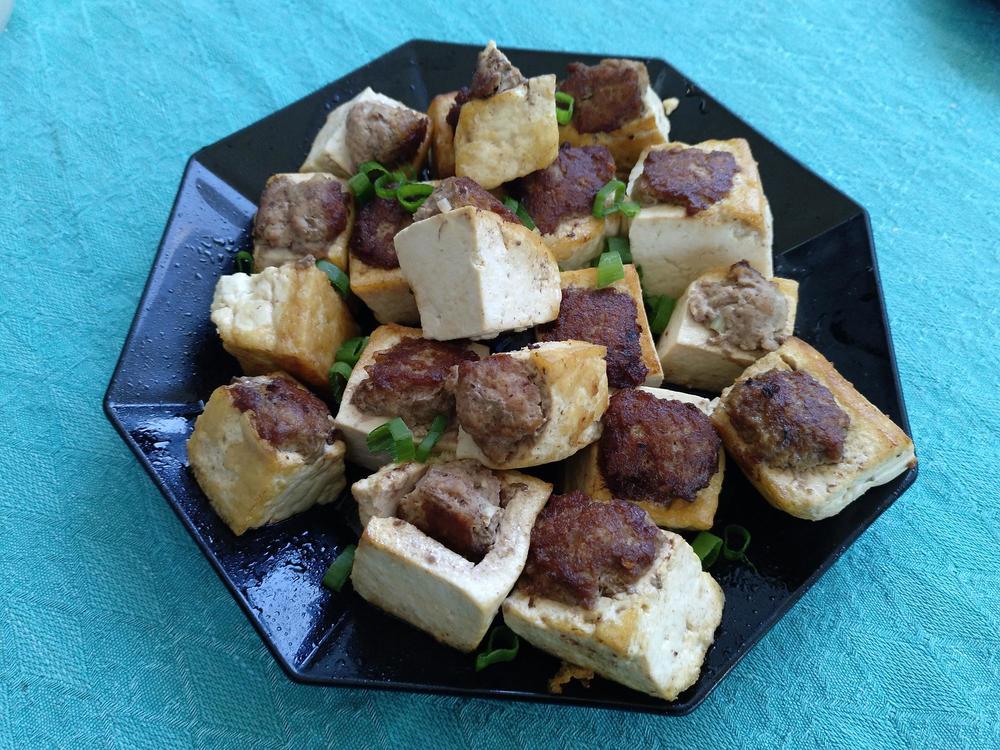-
Posts
24 -
Joined
Content Type
Profiles
Forums
Store
Help Articles
Everything posted by THS
-
This should theoretically work, but I used the Modernist Cuisine Post and they have their flask on a hotplate with a magnetic stirrer. I'll post updates when I get new results. The pump upgrade has unfortunately wait for a few months because I have some other kitchen experiments that are costing me money. I currently cannot justify to spend 50-100€ more on this project after the previous failed attempts. @adey73 If you want to get started don't make the same mistakes I made. First buy an used lab aspirator on ebay (or similar) and test it with a vacuum gauge on your faucet and then try to build a more complex system.
-
Small update: I rebuild my recirculation setup with the new aspirator and it's only pulling a -0.5 bar vacuum instead of nearly -1.0 bar when it's directly connected to the faucet. I want to get this project fully working but I'll have to look into getting another pump to build a nice setup, because connecting it directly to the faucet is wasting to much water.
-
There is also A Field Guide to Fermentation by Arielle Johnson and Lars Williams which is basically the predecessor of Noma Guide to Fermentation and describes the topics that are nearly the same but less detailed very well.
-
Yes you can do that. Noma does that in the book for most lactic fermented foods. Just keep enough space to cut it open and reseal it to taste/degas the bag. I've personally also done miso in a vacuum bag some time ago.
-
Rice pudding (Milchreis) with browned butter and some citric pearl barley. The citric taste of the A. luchuensis was definitely a nice contrast to the sweet rice pudding, but it might be better with Koji on rice than barley.
-
I'm currently experimenting with Koji and trying some new things that are in the Noma Guide to Fermentation. I've made my first batch of pearl barley with A. luchuensis this weekend: https://forums.egullet.org/topic/157654-koji-and-garums-noma-guide-to-fermentation/?tab=comments#comment-2185370 I'm currently not sure what I want to do with this batch. If somebody has an idea I'm open to experiment.
-
I've got the book last month and this weekend I made my first batch pearl barley Koji with A. luchuensis. I had it in the fermentation box that is described in the book (except the humidifier) for 33h at 30°C which is a little too high according to NOMA but it still worked. It had a good citric acid taste and a hint of maybe green apples after it was finished. I've bought my spores from fermentationculture they ship only to people in Europe from Austria which is quite convenient for me. In the past I bought them also directly from Japan from Kawashima. I don't know what to do with this first batch yet. I fried up some pieces with a little bit of sugar to balance the sourness and it was quite tasty. Maybe I'll ferment it witch some champagne yeast. Other ideas?
-
Next steps are to build a circulation setup with the new aspirator and trying it with ice water. My Goal is to get under 40°C for concentrating. Next weekend I'll try a different liquid than water to see if foaming is an issue that has to be resolved.
-
Here are some updates. I finally got something working! The new aspirator and connecting it directly to a faucet did the trick. The water temperature on my faucet is 13°C and with the created vacuum I could get water to boil at 60°C, which is quite an improvement. My vacuum gauge was most of the time fully maxed out when I tested the aspirator. Water is boiling!
-
I have currently a cheap aspirator from Aliexpress in use. I'll try to connect it to a faucet. I found a post here that is aspirator might not be that good: http://www.sciencemadness.org/talk/viewthread.php?tid=103724#pid552556 I found another really cheap aspirator on Ebay. I bought it to test if this one is better. If both fail me, I'll buy a more expensive one from a lab supplier. Is there a noticeable difference between the metal one from Humbolt and the plastic one from Brand? For the circulation I currently use a 12v diaphragm water pump and I have a 12v solar pump lying around that I could try.
-
After reading about vacuum concentrating I wanted to try it out. I'm currently in the process of building a setup for it on the cheap. My current setup is the following an aspirator connected to pump that circulates ice water. The aspirator is then connected to a vacuum flask on the stove. There are some issues that I cannot fully solve. First the suction of the aspirator is variable based on position and if the line back to the ice bath is under water or not. But a vacuum is definitely created. @DiggingDogFarm is there something wrong with my circulation setup? The second is that my water got way over 70°C even with an ice water bath. It might be that my stove top was at a too high temperature. I'll make a new test run next weekend to rule this out. To test my vacuum I ordered a vacuum gauge to test is my aspirator is even working as intended. I hope to get this project working because it would be nice if there was a way to make vacuum concentrations at home without spending a lot of money.
-
Tofu with dried shrimp and spring onions. Based on the recipe here: https://www.patreon.com/posts/20192241 I made it in a normal pan and if you want to do that I would recommend to add the sugar and soy sauce when there is still a good amount of liquid to get an even flavor distribution. It tastes definitely better with a not so salty soy sauce.
-
Peking sauce pork. Based on the recipe here: https://www.youtube.com/watch?v=57_RGUdgKf It's definitely one of my favorite pork dishes. I ate it with cucumber and spring onions and rice, because I hadn't the time to make spring pancakes.
-
My first attempt at Hakka tofu. I made it with a ground pork and beef because it was available to me, which is not original but it tasted good. The tofu is homemade.
-
I've looked into using nylon filter for filtration as an alternative to coffee filters because nylon fabric is relatively cheap and reusable, but currently I have my clarification and filtration projects on hold, so I haven't tried it. @paulraphael How do you clean your filter and why does clarification not work with this kind of filter?
-
@mgaretz Cherry is listed under "stone fruit" which is technically the right category. My main complaint about this book sofar is that the Table of Contents is not always useful and you have to use the index. It would be also nice to see a list of all ingredients that were recommended and with what other ingredient they were paired with. All citrus fruits taste definitely not the same but when you compare them to other ingredients they share a large quantity of the same aromatic compounds.
-
@Honkman I recently bought The Flavor Matrix and in comparison with an excerpt of Foodpairing: Harmonie und Kontraste it has a lot more ingredients and provides more flavor combinations and simplifies most ingredients into main categories. In contrast Foodpairing: Harmonie und Kontraste provides more recipes (The Flavor Matrix only provides one per ingredient) and more in depth information based on recipes and ingredients. An excerpt of Foodpairing: Harmonie und Kontraste by the publisher is available here: http://www.fona.ch/fonashop/foodpairing-harmonie-und-kontrast-detail.html
-
This link is dead. The information can be found here: https://www.chefsteps.com/forum/posts/vacuum-reduction-3 If you don't have a stirring plate Chris Young recommends to add boiling stones to your flask to provide more nucleation sites.
-
I have a Bosh MUM5 and you can process vegetables with the blade attachment. The main test was chopping up 4kg of red cabbage and it worked fine. It really depends what kind of vegetables you want to process. If you want any specific information/tests about the MUM5 I maybe can help you.
-
For Chinese cooking I find Chinese Cooking Demystified really useful and informative.
-
I'm currently reading The curious cook by Harold McGee and it's worth reading. Most of the experiments in the book are still valid today and his explanations are well written. The topic of boiling meat might seem obsolete with immersion circulators but fundamental principals are the same. I've learned a lot about browning in for example pesto and what you can do with egg yolks to make better/safer sauces. After that I'll probably read On Food an Cooking also by Harold McGee.
-
I also would like that measurements are given in weight not as a volume, even better is in metric. For a non American it's sometimes hard to convert a recipe because for example I don't have/use teaspoons for my spices. Percentages are a nice addition if you want to scale a recipe easily based on how much of the base ingredient you have. It's also helpful to know which ingredients scale linear and which don't.
-
The marking for the minimum water line is located at ca. 7cm. So if your pan is 10cm deep it would work. But if you position the clamp so low you might need a counter weight (If you have more than 1-2l in your pan you will be fine) because the Anova is then top heavy.
-
Hi, I'm THS a food lover and keen to experiment in the kitchen. I love to play with expectations, techniques and equipment on a (low) budget (I build my first sous vide device from a deep fryer and a PID controller). Over the years I have compiled lists to source special ingredients (in Europe) because most of the stuff is really hard to find (on a budget). So if you want to buy modern ingredients I might have a seller for that. Currently I'm fascinated with taste modifiers and testing if the bitterness of my apple cider can be reduced by ferulic acid. Before that I made some experiments with the miracle fruit. If someone has experimented with taste modifiers please share your experience. I hope to learn and share more about techniques and unusual ingredients. THS
- 1 reply
-
- 1
-




